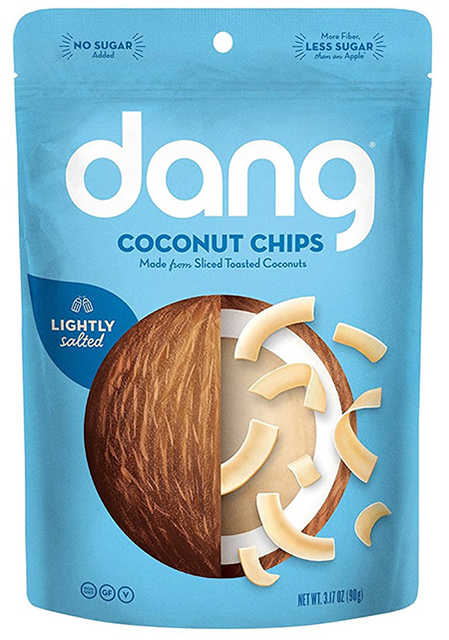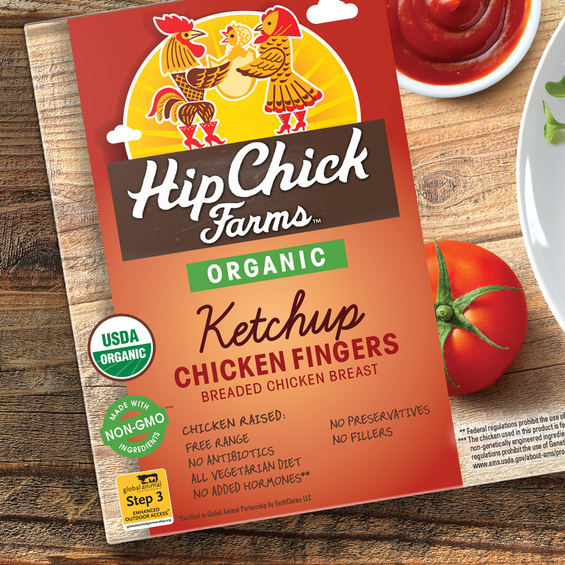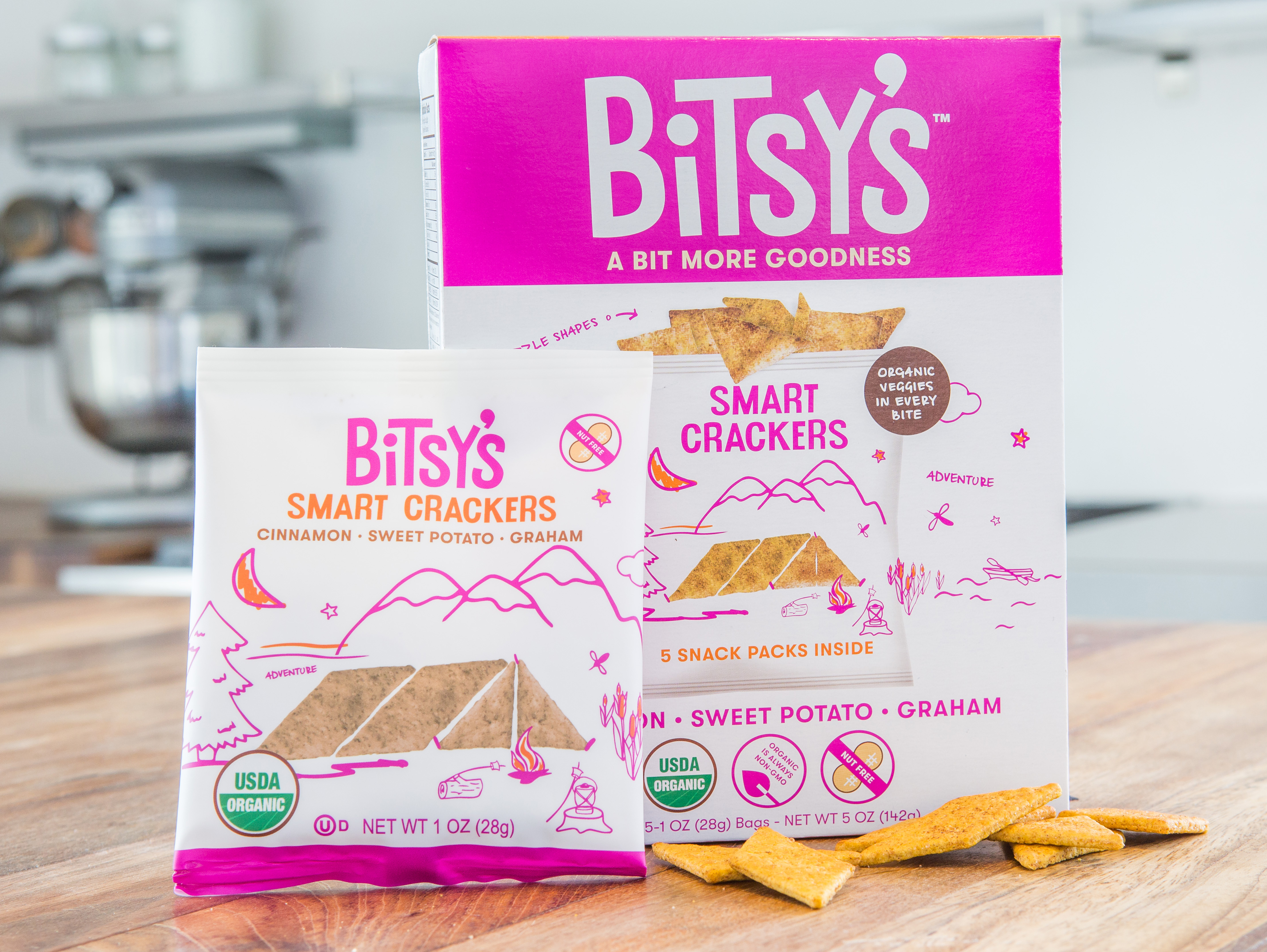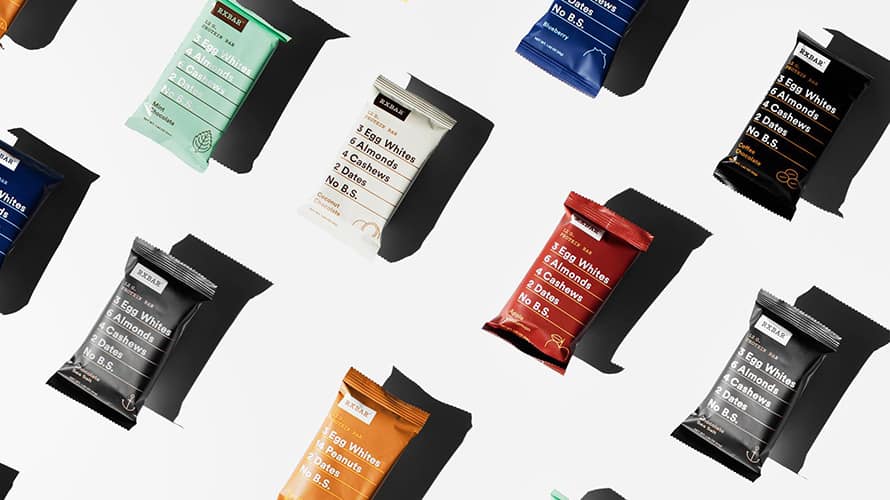
Turkey terms are confusing.
Here’s how brand packaging can help consumers decide which turkey to purchase.
Call to Action: As an industry, so many descriptions and phrases are used to sell products that we have a confusing mess of misunderstanding. Which terms are meaningful and which are just misleading? Certainly it’s partly our responsibility to change the way we do this and actual help consumers navigate the retail environment. As we head into turkey season, here are some tips for choosing the right turkey for you.
Purchasing a turkey should be a very straight-forward process – you want to buy the one that tastes the best, right? But in reality, many companies often put a mix of marketing terms on the package that can make the decision to purchase more confusing than it needs to be. Let’s sort out some of the terms that are used in modern turkey marketing and take a peek at what branding companies can do to make the decision clearer for the consumer.
First, the terms. A short primer on turkey terminology to sell you the perfect bird.
Organic. By law, U.S. organic farmers are required to raise animals without the use of antibiotics or synthetic growth hormones. Plus, organic farmers must provide their animals with 100% organic feed (the use of genetically modified organisms [GMOs] is prohibited in organic products) and safe, clean, cage-free living conditions. In addition, organic farmers must provide their animals with access to the outdoors and pasture so that they can roam freely.
Heritage. Wild turkeys are native to North and South America and all domesticated breeds are descendants of these wild ancestors. But to be called “heritage,” turkeys must adhere to these criteria: they must be the result of naturally mating pairs of both grandparent and parent stock; they must have long, productive lifespans and live their lives outdoors; they must grow and develop slowly so their skeletal structure can support their weight, or, 26-28 weeks to reach market weight.
Free range. For the USDA to designate a bird as free-range, the producer must demonstrate to the agency that the poultry has been allowed access to the outside. The type of access, such as a door, is not defined.
Natural. This term is, perhaps, the most confusing. “Natural” refers only to post-harvest products that contain neither artificial ingredients nor added color; “natural” animal products must also be minimally processed. “Natural” does not refer to the way the animal was raised but the term “naturally raised” refers to livestock that was not fed animal by-products or given growth promoting hormones or antibiotics.
Certified Humane. The USDA has not standardized the use of the term “humane.” However, when a farm earns the Certified Humane label (managed by Humane Farm Animal Care), the farm has been evaluated for animals’ access to pasture and exposure to growth hormones, as well as things like sleep periods, litter management, castration, and methods of slaughter.
Kosher. Also known as Kashrut, kosher is the set of ancient Jewish practices carried out using today’s technology to ensure reliability and safety of the food supply. A kosher turkey has been raised and slaughtered on a farm that meets the standards of a rabbinical organization that certifies its slaughtering and manufacturing processes.
Conventional. A broad term used to indicate that synthetic chemicals were used to maintain crops and increase yields.
Sustainable. A broad term used to indicate that a farm’s practices and methods are profitable, environmentally sound and good for the long-term economic and environmental health of communities.
Local. There is no standard definition for local but it is generally used to mean animals raised within a short distance, usually 100 miles or less, of where they are sold and consumed.
Naturally, some turkeys may have more than one of these terms on their packaging.
Branding of the Birds
Now more than ever, it is imperative for branding companies to clearly communicate on food packages. The number of terms used to describe how a turkey lived and died keeps expanding and consumers do not always understand what those food terms mean. We, as brand packaging experts, should be doing a better job of using clear language on packaging to make the labels more consumer-friendly. The retailer can make it easier by separating differently raised types of turkeys from one another by using visual cues like color. They can put out signs explaining what the different terms mean and organize their birds based on price and provide value-added information about how the birds were raised.
Cost-benefit ratio
Taste and price are the number one considerations when purchasing a turkey. More and more, consumers are also concerned with the ethical treatment of animals and what most influences a turkey’s flavor is how it was raised. Heritage and certified humane turkeys can cost $10 – $12 per pound while organic and naturally raised turkey can range from $3.99 – $5.99 per pound. A natural or conventional turkey can range from .69¢ -.99¢ per pound. The higher price, the bigger the flavor and the happier the bird. Brands can stand apart by clearly defining their position on flavor, price point and sustainability. Clear packaging can make the case for a consumer who wants a better tasting and more healthfully raised turkey.
Some say that bird is the word but that does not truly capture the meat of the matter. Organic, heritage, free range, certified humane – these marketing terms are clearly defined and can help customers with their turkey purchase decision. And isn’t that what branding is all about?





